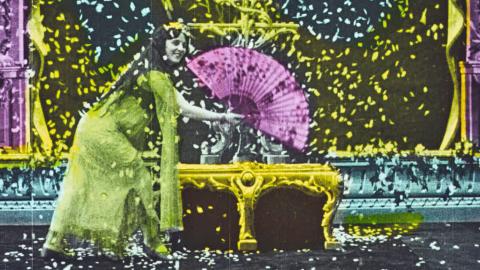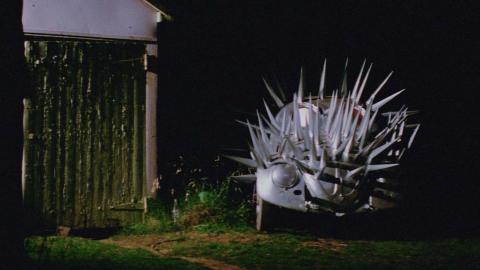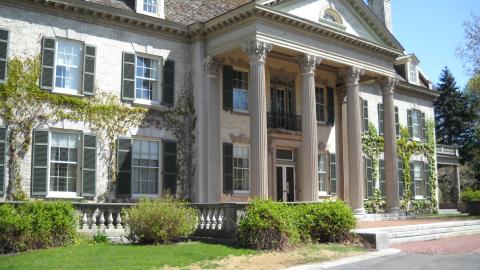

Digitisation in New York
The International Centre of Photography (ICP) is located at 1133 Avenue of the Americas between 43rd and 44th Street New York. The digitisation department and photographic collection is located on the 12th floor and, incidentally, has the best view from its lunchroom I have ever seen!

This magnificent but temperature variable location however creates temperature and humidity control issues. To overcome the changes in the New York weather affecting the collection, the entire digitisation and vault sections are isolated from the main buildings outside walls by means of creating a building within a building with the construction of separate interior walls. The addition of insulation also helps in maintaining a constant temperature in the collection storage areas.

The ICP was opened in 1974 and holds over 100,000 photographs. The ICP collection is strongest in its collection of American and European documentary photography of the 1930s to 1990s, with the core of the collection including work by photographers such as Robert Capa and Weegee (Arthur Fellig).
ICP Imaging Technician, Christopher George took me around the centre and we discussed the collection and the role he plays in the digitisation of the photographic material held.

More recently the Imaging Department digitised a collection of 35mm film known as The Mexican Suitcase Collection. This collection consists of mostly nitrate 35mm film that has been stored rolled since around 1939 when Robert Capa gave it to his darkroom technician. Being stored rolled created problems in flattening the film for photographing the frames for digitisation. A team from George Eastman House developed a system that became known as the Planar Film Duplicating Device (PFD2) that Christopher demonstrated to me.
The device consists of a metal frame with plastic film guides at each end and two thin strips of glass that hold the film gently in position.

Anti-Newton Ring glass is used to support the film and allows the use of a digital camera to record the film frames. This innovation, collaboration and process resulted in the successful digitisation of The Mexican Suitcase collection that will soon be made available as another ICP/Steidl publication in the near future.
The National Film and Sound Archive of Australia acknowledges Australia’s Aboriginal and Torres Strait Islander peoples as the Traditional Custodians of the land on which we work and live and gives respect to their Elders both past and present.


